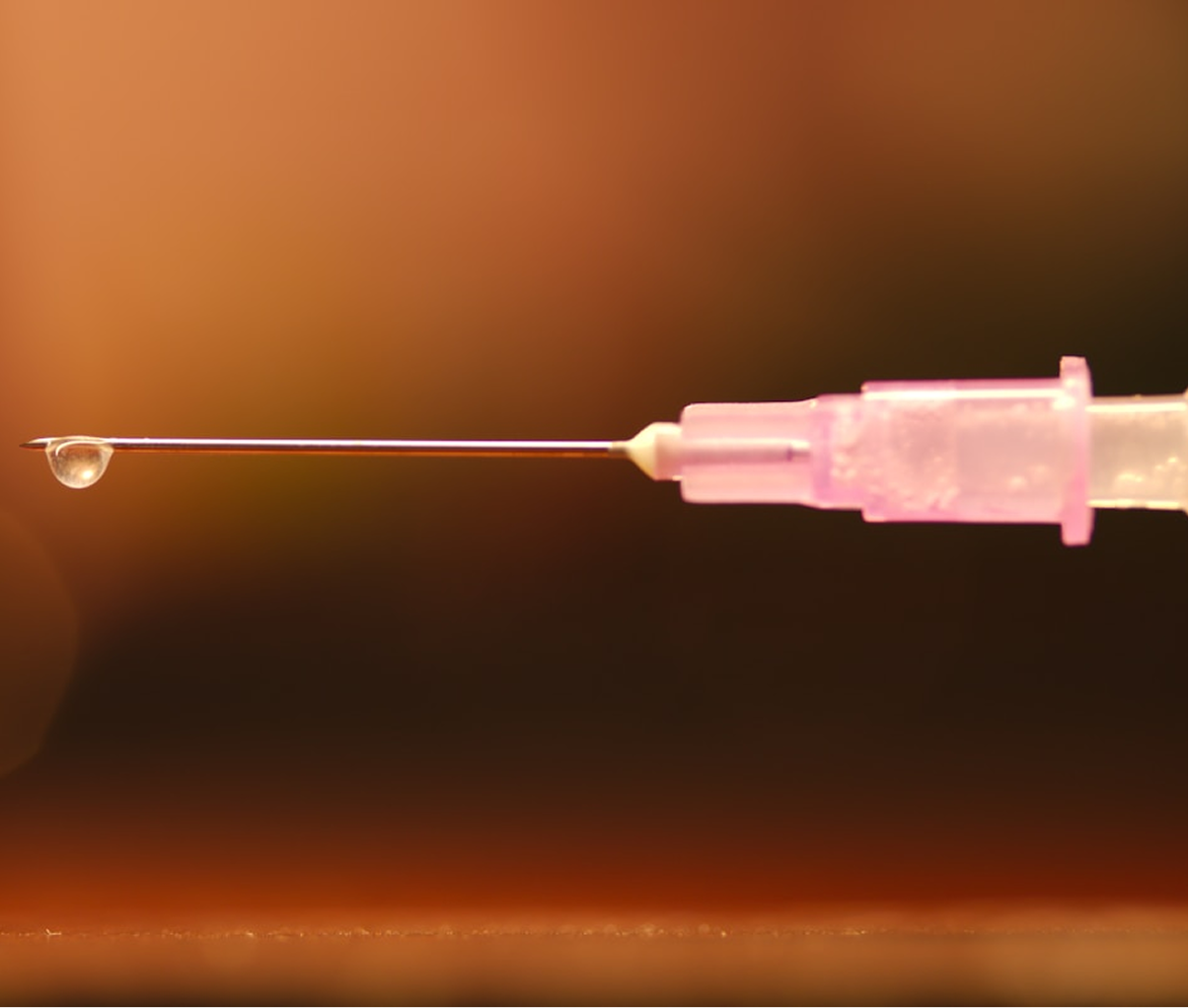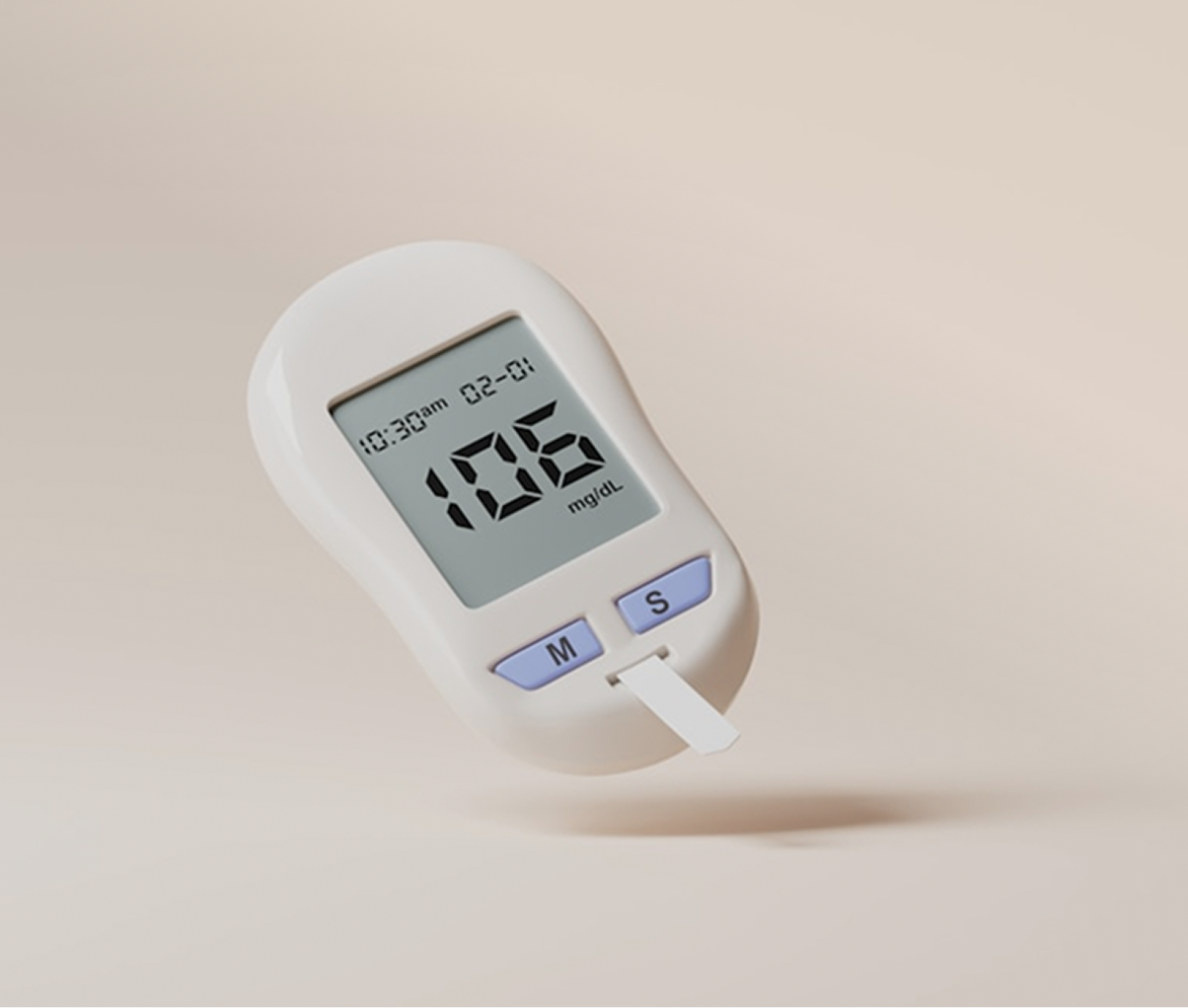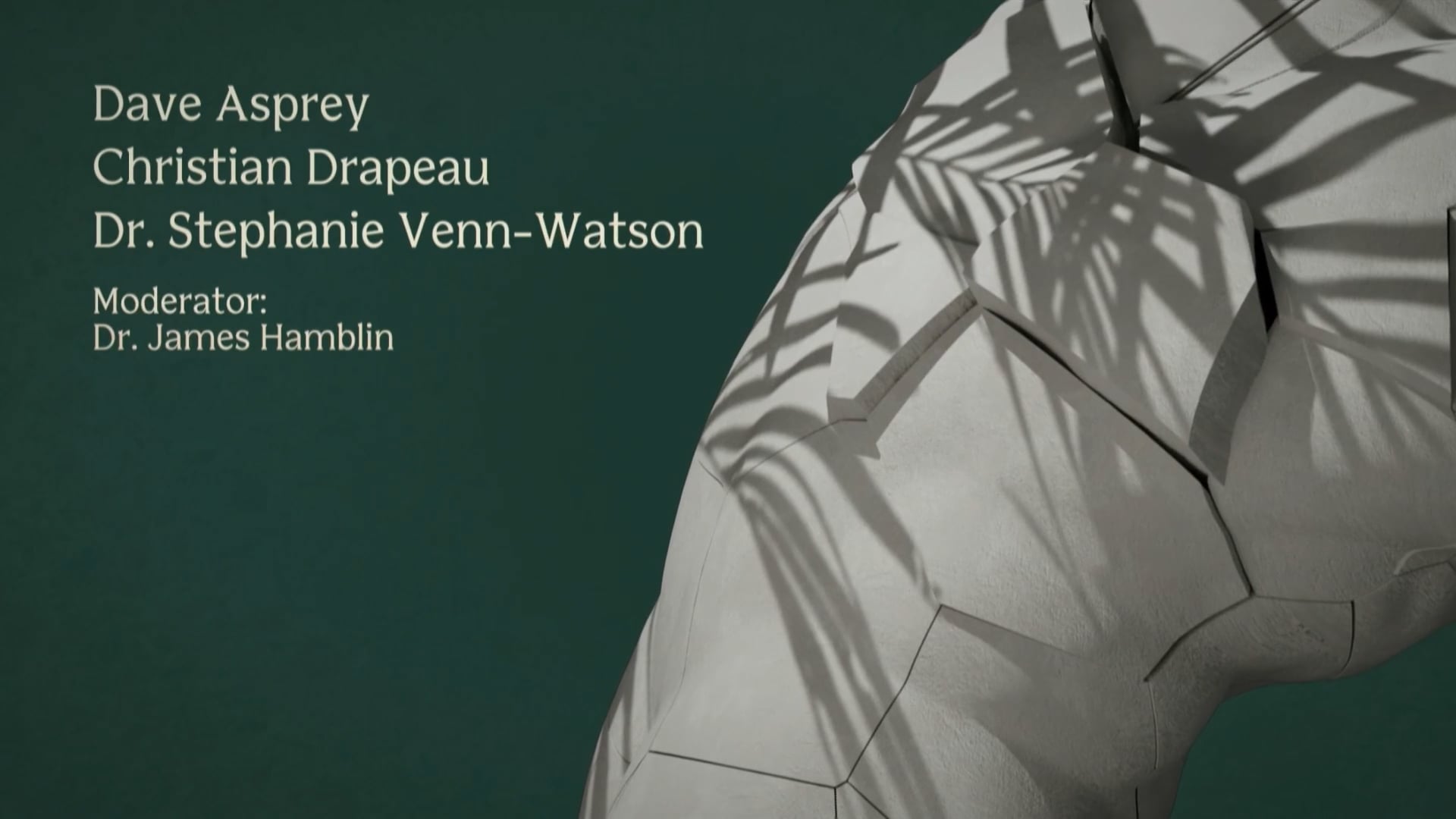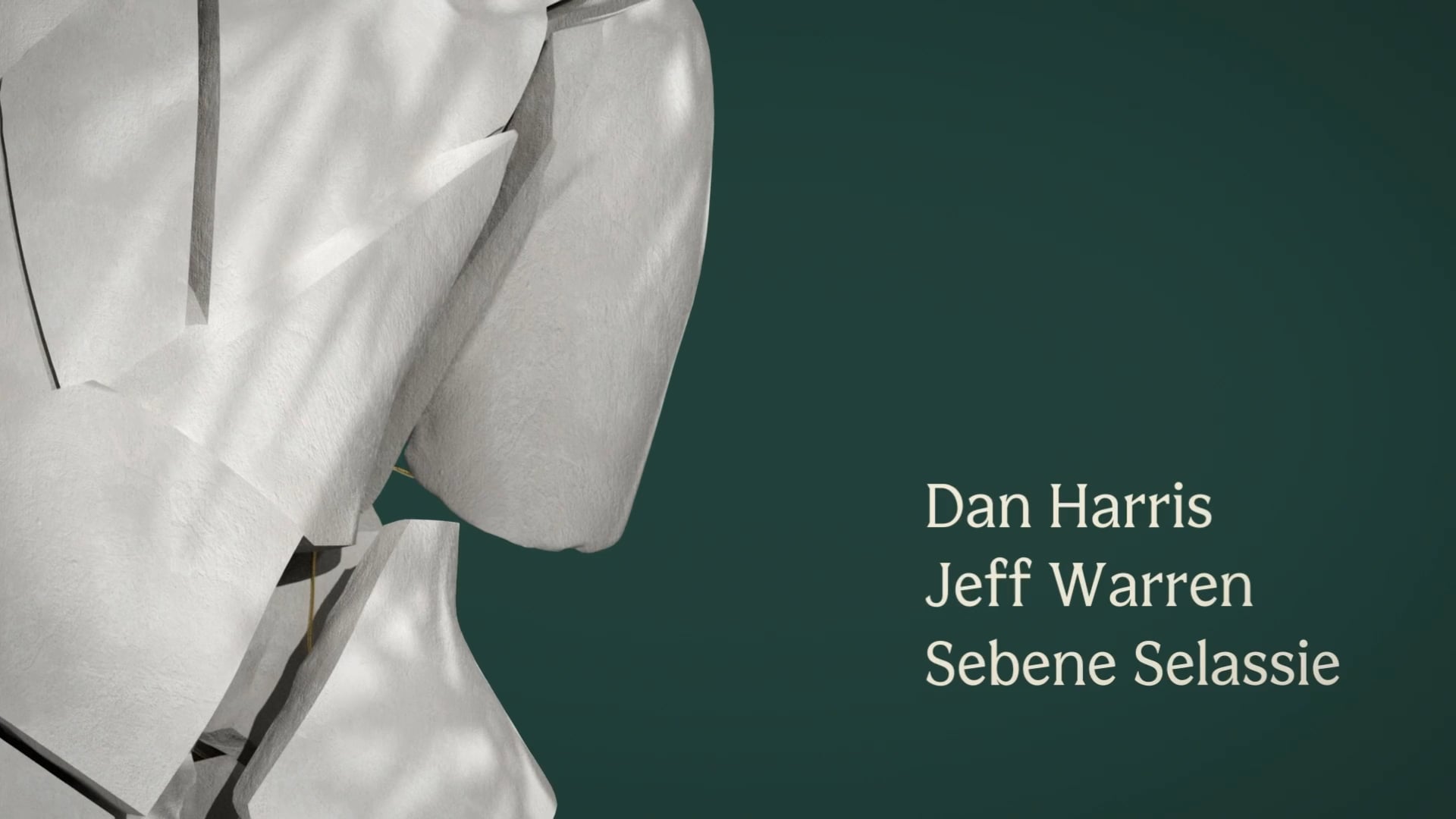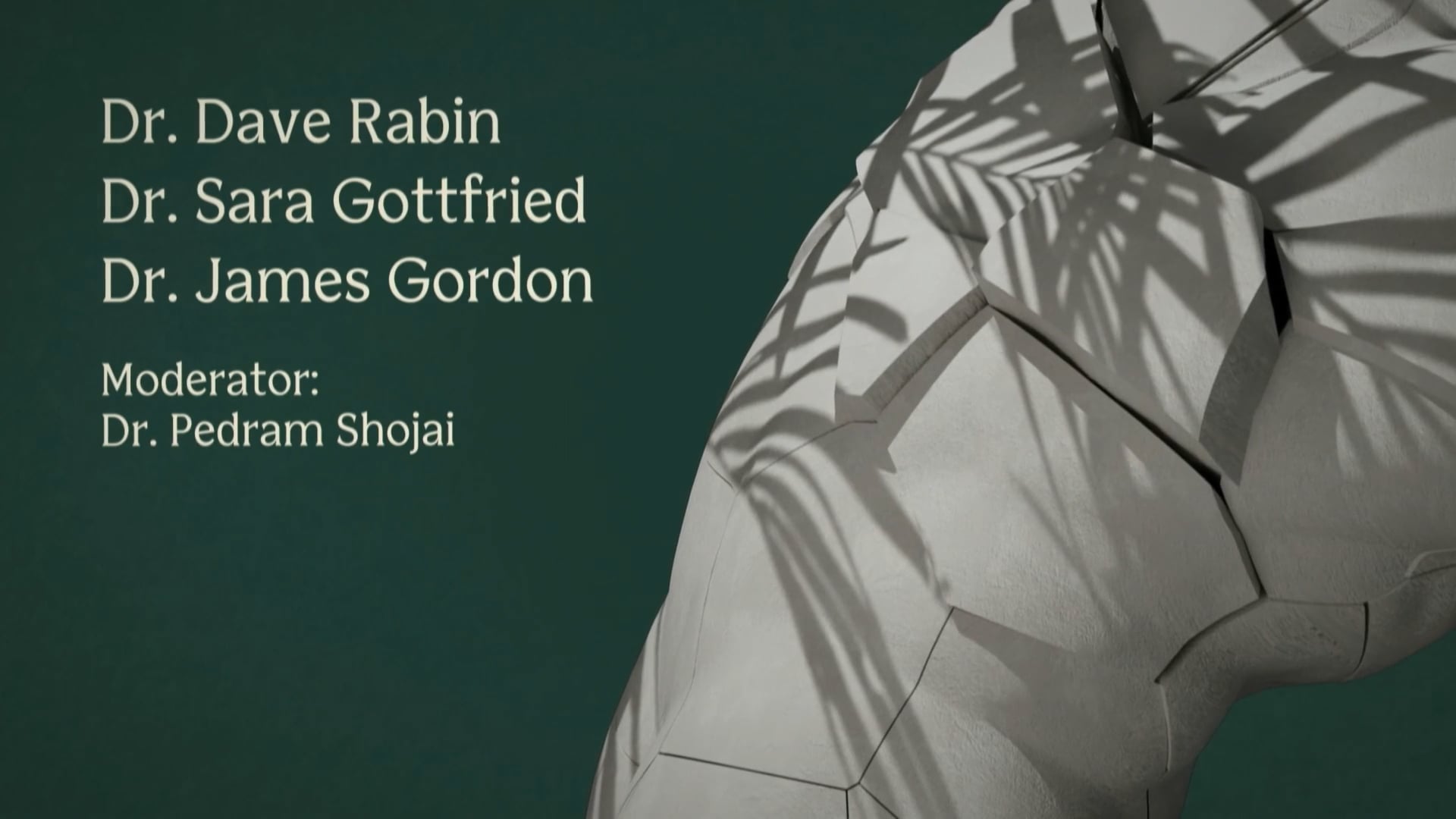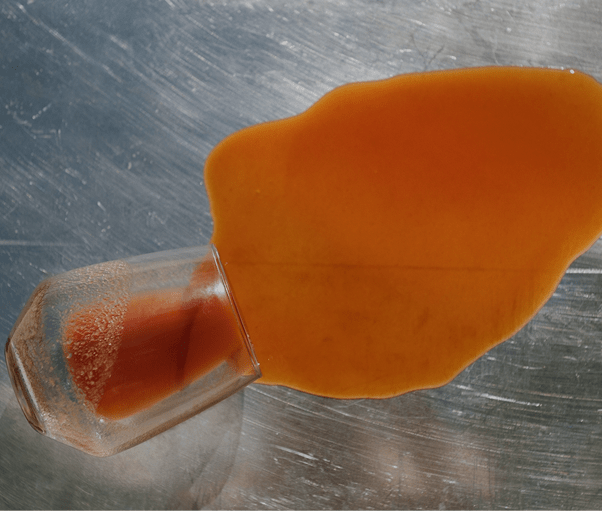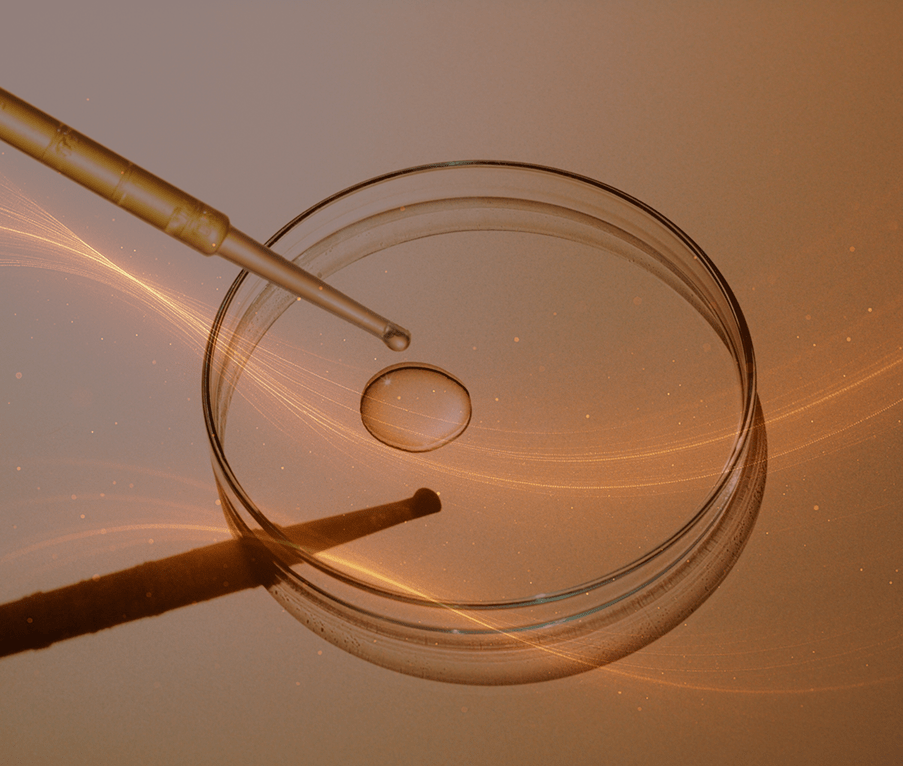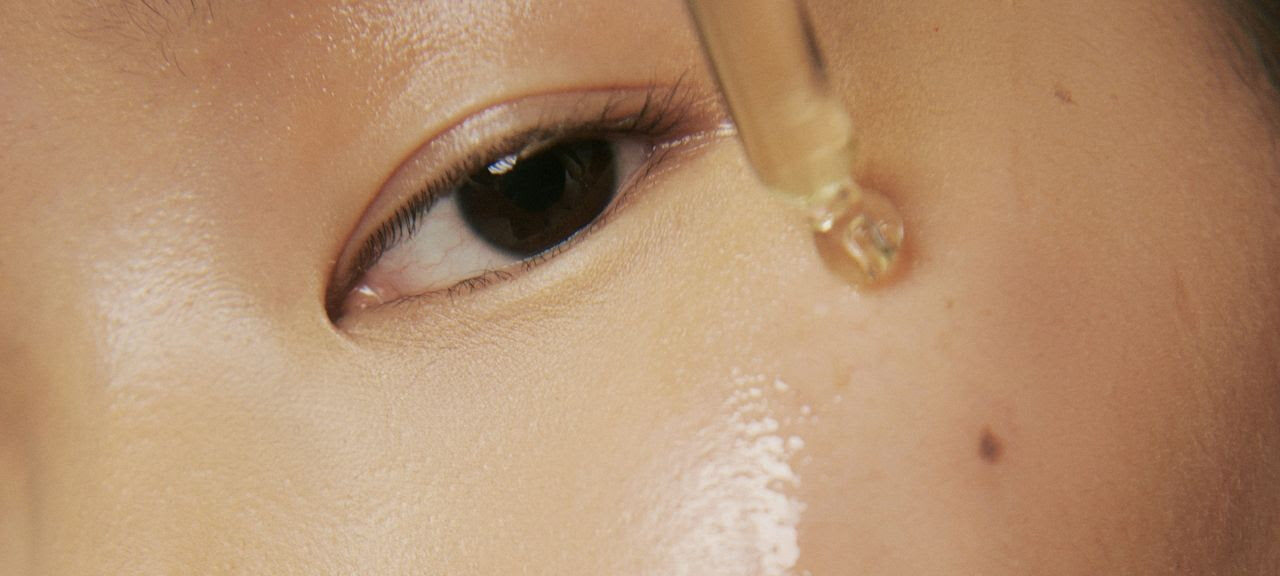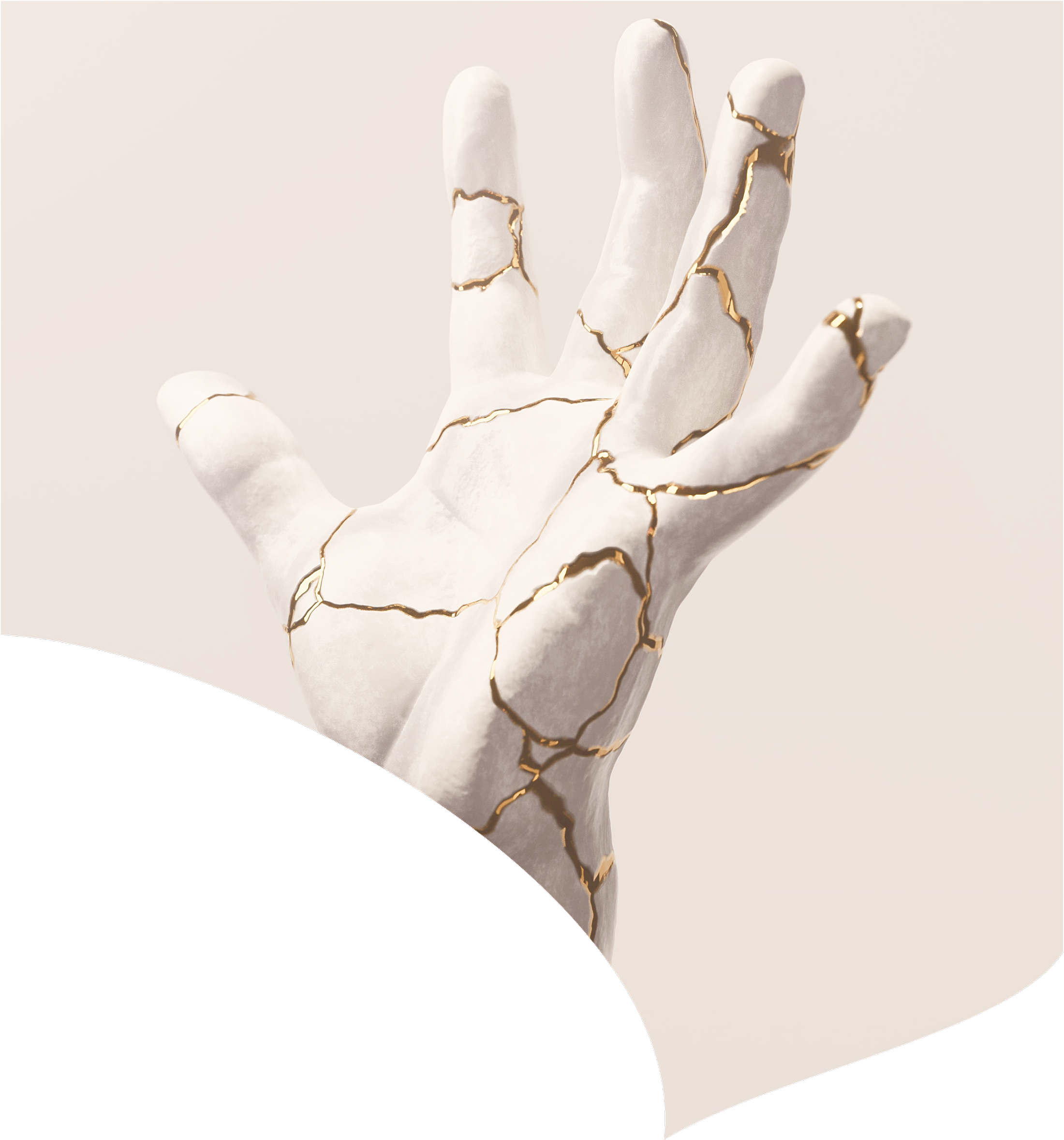
Picture a superhighway of nerves stretching from your brain all the way down to your gut, touching just about everything along the way.
That’s the vagus nerve, and it’s truly remarkable in its reach and influence.
The vagus nerve gets its name from the Latin vagari: “to wander.” And wander it does. Starting deep in the brainstem, it snakes down through the neck, spreads across the chest, and branches into the abdomen, reaching nearly every major organ along the way. It's the longest cranial nerve in the body. But more importantly, it's the body's primary regulator.
The vagus nerve is the conductor of the body’s autonomic orchestra, regulating tempo, tone, and rhythm in vital systems, so that organs and processes work together in harmony for balanced health.
But this nerve doesn't just carry the brain's commands downward, instructing the heart to slow, the lungs to deepen their rhythm, and the stomach to digest. It also works in reverse. About 80% of its fibers carry information from your body to your brain. Your organs are constantly sending status reports upward, which is why the gut–brain connection isn't just metaphorical. The 500 million neurons in your digestive tract (your “second brain”) literally communicate with your brain through the vagus nerve.
Beyond that, the vagus nerve shapes something deeper. It’s the hidden wiring behind compassion, connection, and even awe—the very states that make life feel meaningful.
Interestingly, vagal tone naturally peaks in infancy and early childhood, which may explain why young children are often more emotionally resilient and recover from upsets more quickly than stressed adults. As we age, vagal tone typically declines unless we actively maintain it through specific practices, making vagus nerve training even more crucial for healthy aging and longevity.
Your Internal Weather System
Every moment of your life, your vagus nerve is making micro-adjustments to keep your internal environment stable. Think of it as your body's thermostat. But instead of just regulating temperature, it's calibrating your entire physiological state based on what's happening around you and within you.
When you're safe and relaxed, high vagal tone activates the parasympathetic nervous system. Your heart rate becomes more variable (a good thing), your breathing deepens, your digestive system kicks into gear, and your immune system focuses on repair and maintenance. You're in a state of ease. This is also when your body produces the highest quality deep, restorative sleep that consolidates memories, repairs tissues, and clears metabolic waste from the brain. Many people use vagal stimulators before bed—more on that later.
But when a threat or stress appears, your vagal tone can drop, and the sympathetic nervous system takes over. Your heart rate becomes rigid and elevated, breathing becomes shallow, digestion shuts down, and your immune system shifts into inflammatory mode.
This is the “fight or flight” response—and it's supposed to be temporary.
The problem is that modern life often keeps us stuck in this activated state. Chronic stress, poor sleep, inflammatory foods, social isolation, and constant digital stimulation all suppress vagal tone. When your vagus nerve is underperforming, your body loses its ability to shift fluidly between activation and rest. You become physiologically stuck in survival mode.
Poor vagal tone also disrupts your sleep architecture, making it harder to fall asleep, stay asleep, and achieve the deep sleep stages necessary for recovery. This creates a vicious cycle: poor sleep further suppresses vagal function, which makes quality sleep even more elusive.
But here's the remarkable thing: unlike many aspects of your nervous system, vagal tone is trainable. You can literally strengthen this nerve through specific practices, improving your body's ability to regulate itself and respond to life's inevitable stresses with greater resilience.
The Domino Effect of Vagal Health
When your vagus nerve functions well, it creates an upward spiral that touches every area of your life. Better sleep and mood regulation are just the beginning. They're foundational dominoes that topple into much bigger changes.
Decision Making and Mental Clarity
- Stop operating from chronic stress and fatigue
- Clearer choices about food, relationships, work, and health
- Respond from clarity and intention rather than reactive survival mode
- Mental resources freed up for creativity, problem-solving, and strategic thinking
Relationships and Social Connection
- High vagal tone makes you literally more socially engaging
- You listen more deeply and respond rather than react defensively
- Create emotional safety that allows genuine connection to flourish
Physical Health Cascade
- Reduced systemic inflammation and stronger immune function
- Optimized digestion and cardiovascular health
- Body shifts from damage control to repair and optimization mode
- Nagging health issues often begin to resolve
Research shows measurable improvements in just 4-6 weeks of consistent vagal training. Participants in breathing-based studies showed 23% improvement in heart rate variability, significant reduction in cortisol levels, and significant improvements in sleep quality scores. Those practicing cold exposure therapy report better stress recovery times within 3 weeks.
Signs and Threats of a Sluggish Vagus Nerve
A weakened vagus nerve leaves unmistakable fingerprints throughout your body and mind.
Physical Signs
- Digestive issues: chronic bloating, irregular bowel movements, acid reflux
- Heart always racing or pulse that barely varies throughout the day
- Chronic fatigue and sleep difficulties
- Frequent headaches and muscle tension that won't release
- Body never fully relaxes
Mental/Emotional Signs
- Anxiety as your default setting
- Difficulty bouncing back from stress
- Overreaction to small irritations
- Struggling to feel genuinely calm
- Sense of disconnection from your body and emotions
Lifestyle Factors That Suppress Vagal Function
The biggest culprits are:
- Chronic stress
- Poor sleep
- Processed foods
- Social isolation
- Shallow chest breathing
Ways to Tune Your Vagal Tone
The good news is that the vagus nerve responds beautifully to the right kind of training. Unlike many aspects of our physiology that decline with age, vagal tone can actually improve throughout life with consistent practice.
Breathing
This is the most accessible entry point. The diaphragm and vagus nerve are intimately connected, and specific breathing patterns can directly stimulate vagal activity.
Try the 4-7-8 technique: inhale for 4 counts, hold for 7, and exhale for 8.
The long exhale is key because it activates the parasympathetic nervous system and strengthens vagal tone. Box breathing works similarly: inhale for 4, hold for 4, exhale for 4, hold for 4. Practice either technique for just 5 minutes daily, and you'll likely notice changes in your stress response within weeks.
Note: If breathing exercises initially make you feel more anxious or lightheaded, start with shorter sessions (2-3 minutes) and focus on gentle, natural rhythms rather than forced counts. Some people need to build tolerance gradually.
Cold Exposure
When your body encounters cold water, it triggers the diving response, an ancient physiological reflex that dramatically increases vagal tone. You don't need ice baths, though they work. Cold showers, starting with just 30 seconds at the end of your regular shower, can be remarkably effective. The key is consistency, not intensity.
Note: If you have heart conditions, high blood pressure, or are pregnant, consult your healthcare provider before beginning cold exposure practices, as the initial shock can temporarily spike heart rate and blood pressure.
Vocal Practices
These tap into the vagus nerve's connection to your throat and vocal cords. Humming, singing, chanting, or even gargling water creates vibrations that stimulate the nerve. Many meditation traditions discovered this connection centuries ago. The reason “Om” and other mantras work isn't mystical; it's neurological.
Heart Rate Variability Training
Use technology to give you real-time feedback on your vagal tone. Devices or smartphone apps can show you how your breathing patterns affect your nervous system.
Meditation and Mindfulness Practices
These consistently show benefits for vagal health. The key is regularity rather than duration. Even 10 minutes of daily practice can measurably improve vagal tone over time. The practice teaches your nervous system to observe without immediately reacting.
Gentle Movement Practices like Yoga and Tai Chi
Yoga is almost perfectly designed for this purpose. The combination of deep breathing, gentle inversions, and mindful movement hits multiple vagal pathways simultaneously. Even gentle walking, especially in nature, supports vagal function through rhythmic movement, deeper breathing, and potential for awe-inspiring moments.
Pay Attention to What You Eat
The vagus nerve is sensitive to inflammation, so anti-inflammatory foods help keep it strong. Omega-3s from fish, walnuts, and flaxseeds lower inflammatory markers. Fermented foods such as kimchi, sauerkraut, and kefir support the gut microbiome, which communicates with the brain through the vagus nerve. Fiber feeds gut bacteria that produce short-chain fatty acids, boosting vagal pathways.
In contrast, processed foods, sugar, trans fats, and alcohol drive inflammation and weaken vagal tone. Regular drinking in particular lowers heart rate variability.
Connect with Others
Perhaps most importantly, genuine social connection is one of the strongest vagal stimulators of which we know. Eye contact, physical touch, laughter, and meaningful conversation all activate the social engagement system that Stephen Porges identified as the highest function of the vagus nerve. This is why isolation is so damaging to our physiology, and why community is literally medicine.
Vagus Nerve Stimulation
The medical world has begun to take vagus nerve stimulation seriously, with FDA-approved devices now treating conditions from depression to epilepsy. Implanted vagus nerve stimulators (VNS) send regular electrical pulses to the nerve, often with considerable results for treatment-resistant depression and severe seizure disorders.
More recently, transcutaneous vagus nerve stimulation (tVNS) has emerged as a non-invasive alternative. These devices stimulate the nerve through the skin, typically at the ear or neck, without requiring surgery. Early research suggests they may help with depression, anxiety, inflammation, and even cognitive performance.
The danger of focusing too heavily on devices and technology is that it can make vagal health seem complicated and expensive, when in reality, the most powerful interventions are free and available to everyone. Your breath, your voice, cold water, and human connection are technologies that evolution spent millions of years perfecting.
The key is using technology as a tool for awareness rather than a replacement for the fundamental practices that actually build vagal strength.
Awe, Connection, and the Bigger Picture
After all this talk of breathing patterns and cold showers and stimulation, it's worth stepping back to consider what we're really training for. The vagus nerve doesn’t only regulate biology; it underlies some of the most human states of being.
Psychologist Dacher Keltner calls it the “caretaking nerve.” When the vagus activates, your heart rate slows, your face softens, your voice steadies. In those moments, your body is physiologically primed for compassion.
It is also the nerve of connection. A calm vagus helps you make eye contact, read micro-expressions, modulate your tone of voice, and signal safety. This is why you feel more at ease around someone whose presence is calm and grounded: their vagus nerve is literally guiding yours toward trust. Researchers sometimes call this “co-regulation”—our nervous systems syncing in real time.
And then there is awe. In Keltner’s research, experiences of wonder (standing before a redwood forest, losing yourself in music, watching a child take their first steps) consistently activate the vagus nerve. Heart rate slows, breathing deepens, and self-focus diminishes. Awe dissolves the boundaries of the ego and opens us to belonging. The vagus nerve is the bridge between the vastness of the outer world and the quiet resilience of the inner one.
What's remarkable is that awe doesn't require grand gestures or exotic locations. A sunset viewed without distraction, the intricate pattern of frost on a window, the unexpected kindness of a stranger. These everyday moments of transcendence are equally potent vagal stimuli. The key isn't the magnitude of the experience but the quality of attention you bring to it. When you pause long enough to truly witness something beyond yourself, your nervous system responds with the same physiological signature: a deep exhale, a softening in the chest, a momentary forgetting of your endless to-do list.
This suggests that cultivating awe might be one of the most accessible forms of vagal training.
It requires no discipline, only receptivity. The world is constantly offering moments of wonder; the question is whether your nervous system is calm enough to notice them.
What this means for longevity is profound. Compassion lowers stress hormones and inflammation. Connection strengthens immunity and buffers against disease. Awe restores perspective, quiets the ego, and reduces chronic stress. Together, these vagal states don’t just make life longer, they make it richer. Or, they make life richer, which in turn might make it longer.
The vagus nerve represents one of the most direct pathways we have for influencing our own physiology and psychology. In a world that often feels chaotic and overwhelming, developing this internal capacity for regulation isn't just helpful. It's essential.
But the most promising frontier might be the simplest: recognizing that we already have the tools to stimulate our vagus nerve naturally. Every breath you take, every song you sing, every moment of genuine connection with another person is a form of vagus nerve stimulation. The question isn't whether we have access to this system, it's whether we're using it.
Disclaimer: This newsletter is provided for educational and informational purposes only and does not constitute providing medical advice or professional services. The information provided should not be used for diagnosing or treating a health problem or disease, and those seeking personal medical advice should consult with a licensed physician.

January 9, 2026

January 2, 2026

December 26, 2025

December 19, 2025

December 12, 2025

December 8, 2025

December 5, 2025
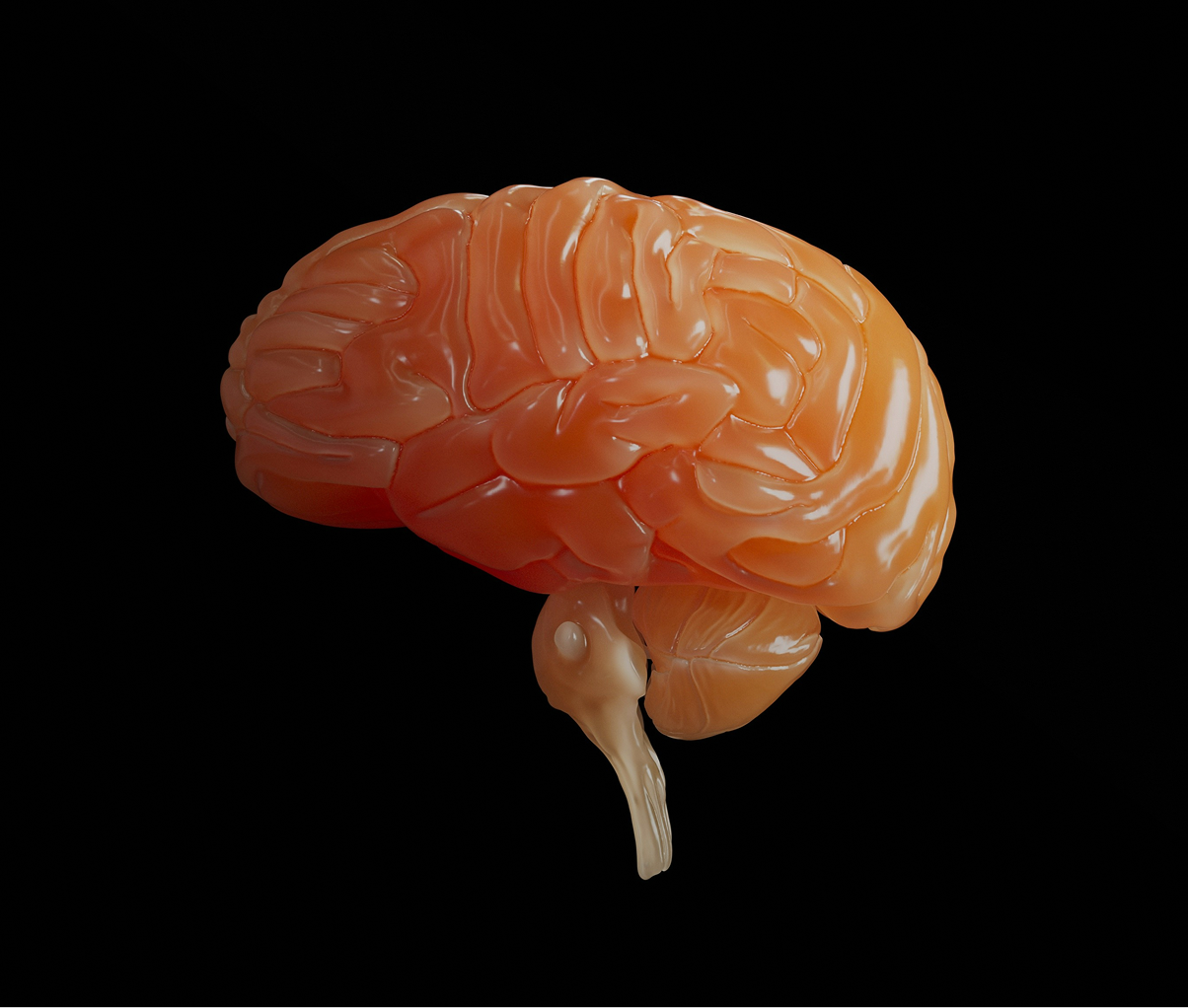
November 21, 2025

November 14, 2025


